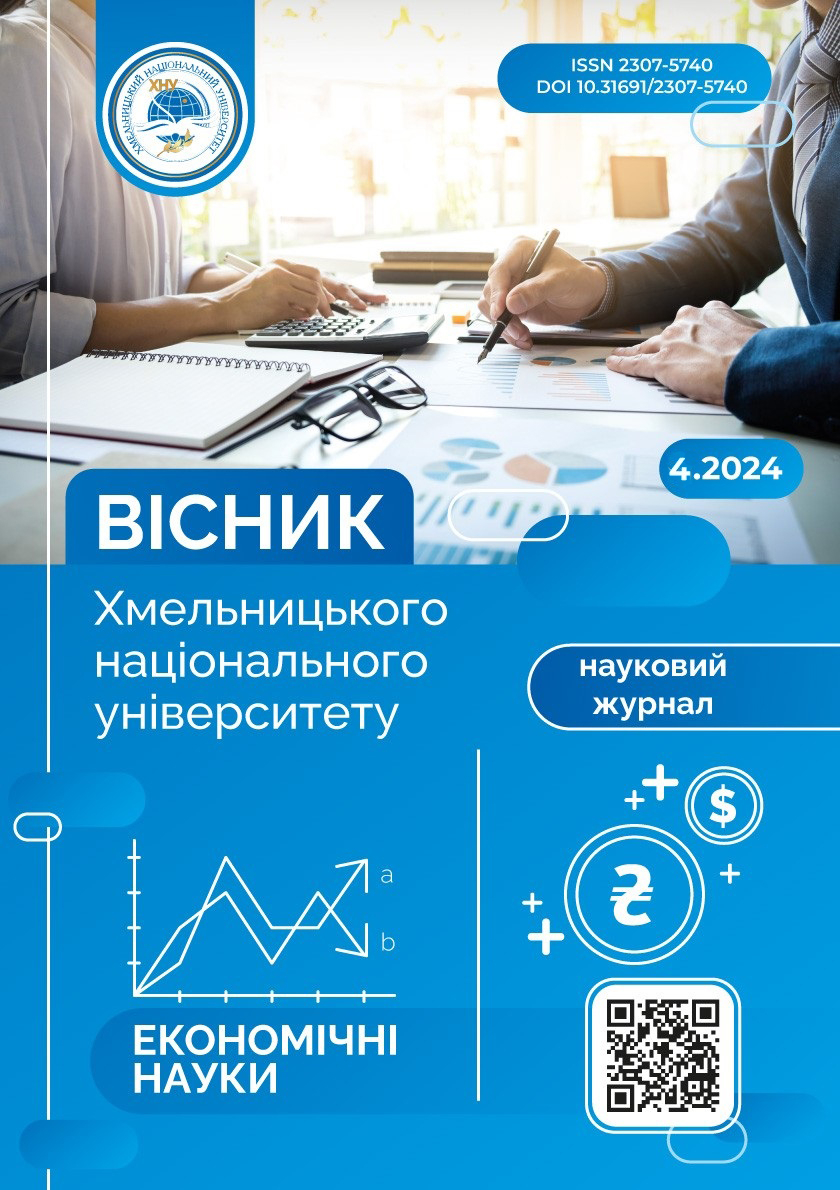ANALYTICAL APPROACHES TO STUDYING THE CONFIGURATION OF VALUE CREATION CHAIN
DOI:
https://doi.org/10.31891/2307-5740-2024-332-24Keywords:
global value chains, global supply chains, value-added trade, global commodity chains, supply chain managementAbstract
The article is devoted to the generalization of analytical approaches to the study of the configuration of value chains. The development of global value chains and their economic impact on participating countries, industries or firms is widely discussed in the academic literature. This study covers key concepts and main analytical approaches commonly used in the global value chain literature. It discusses the important economic and technical factors driving the development of global value chains and highlights the characteristics of many outputs, such as producer-driven and buyer-driven commodity chains. Based on the analysis of existing research, global value chains can be grouped into the following four main categories: 1) supply chain management; 2) case study of industry or product; 3) analysis based on the "cost-output" model; 4) other analytical approaches. The first category is characterized by a business analytical framework from the firm's perspective on how the firm can improve competitiveness in the context of global value chains. The second category builds on an in-depth analysis of global value chains from an industry perspective, how value is distributed along the supply chain, key players, key value chain characteristics, etc. The third category is based on a quantitative analysis of the macro perspective, the "input-output" structure to measure the country's specialization in the global production network and its participation in global value chains. The latter approach is based on the application of general and partial equilibrium models, as well as gravity models for the analysis of global value chains. Measurement methods, respectively, are 1) Specific business/industry experience; 2) Survey of firms at the micro level; 3) Measurement of value-added trade based on input-output tables between countries; 4) Industry or company data; trade statistics; cross-border consumption-output tables, etc.


